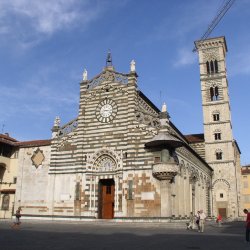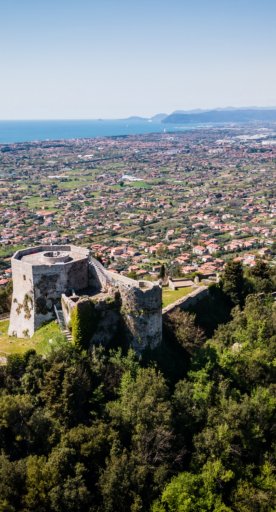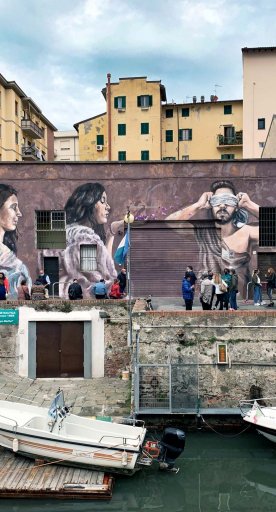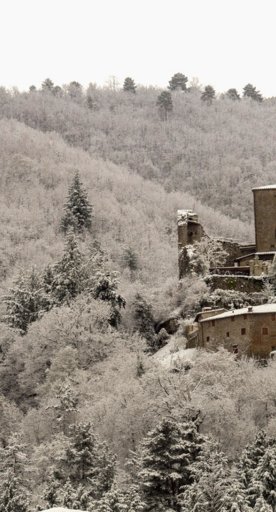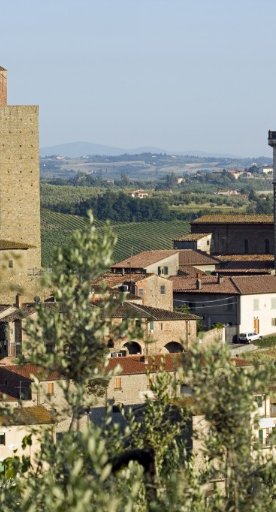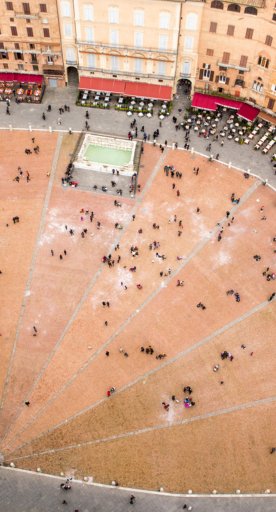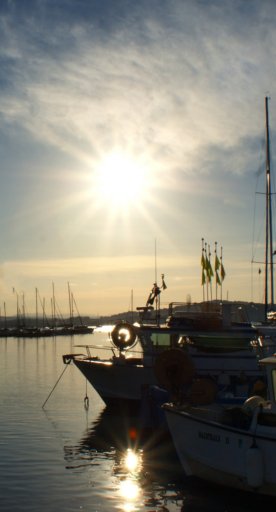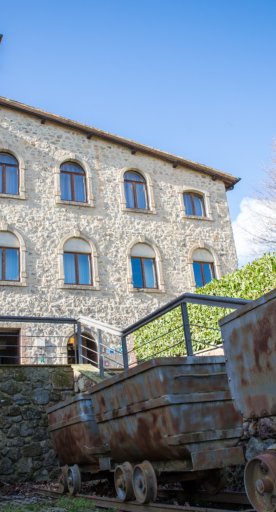
Ghost towns in Tuscany
These places are alike in their silence and atmosphere, but each possess a different soul and have their own story to tell.
Among the many things that you can do in Tuscany, there is also the chance to be a little adventurous, exploring one of the many abandoned towns and ghost villages, places that have been forsaken over the course of time, but which still preserve their charm and uniqueness.
-
1.Buriano
-
2.Col di Favilla
-
3.Lucchio
-
4.Mirteto
-
5.Rocca San Silvestro
-
6.Poggio Santa Cecilia
Buriano
A handful of houses, a hotel and a small church in the hills of the Val di Cecina (Pisa area): welcome to Buriano!
Buriano boasts the fact that it has “died” twice: after a period of gradual depopulation, prior to the 60s, the village has experienced a “second death”.
In 1986, a hotel was built (the first building you see when you arrive here) in an attempt to repopulate the village, but after about 10 years of reasonable success, a new project, aimed at transforming the hotel into a beauty farm, failed due to bureaucratic problems and the building was never completed.
From that moment on (1998), Buriano was abandoned once and for good by its last residents.
Col di Favilla
Another small ghost town, among the highest in the Apuan Alps, and now abandoned for many years; the village was in fact severely damaged during the Second World War and was later completely abandoned in the 60s. Every year the descendants of the ancient inhabitants return here to celebrate St. Anna, on July 26.
A little curiosity: the sundial on the church is the highest in all of Tuscany.

Lucchio
A village so perched and hidden that it appears all of a sudden as you travel along the road from Lucca (follow the signs to Abetone and, about 18 km after Bagni di Lucca, take the turning on the right).
It looks as though it’s embedded in the rock on which it stands.
Lucchio is a web of small, steep streets passable only on foot, a factor that adds charm, yet which has probably contributed to its abandonment. In the village you will find an ancient fountain, while there are practically no remains of the castle, built directly on the rock.
Mirteto
A small village in the Pisan hills, which can be reached from the Valle delle Fonti (Valley of the Springs) by crossing the bridge over the stream and following a footpath.
In addition to the surrounding vegetation, the twelfth-century Romanesque church, Santa Maria di Mirteto, will grab your attention. It’s not a ruin, but it boasts well-maintained walls and an evocative altar.
The hamlet also comprises of some houses, ovens and wine cellars.
The name “Mirteto” comes from the large number of myrtle trees that once surrounded the village.

Rocca San Silvestro
A medieval village in the Maremma area abandoned along with the local copper and lead mines, exploited since Etruscan times and traces of which still remain clearly visible today.
Rocca San Silvestro was a village of miners and smelters built between the tenth and eleventh century. During the thirteenth century, it grew to a population of about 200-250 people. The village was later abandoned during the fourteenth century, at a time of wars, economic crisis and the terrible Black Death.
Today, Rocca San Silvestro is part of the “Mining Park of San Silvestro” and from here you can enjoy an incredible view over the landscape.

Poggio Santa Cecilia
Poggio Santa Cecilia is located in the municipality of Rapolano Terme (Siena province), atop some green, wooded hills. According to some sources, the place was inhabited since Etruscan times.
Today it is a ghost town, completely uninhabited, but this doesn’t mean that you will only find ruins here. The village is in fact almost fully intact and beautiful, with its medieval door, big mansion house, the medieval workshops of carpenters and blacksmiths, and the church of Santa Cecilia, bearing frescoes.
The area’s terrain is very special indeed: it’s characterized by the phenomenon known as the “land bubble”, because of the leakage of sulfur dioxide that creates a kind of “boiling mud” when it rains.
Plan your trip
Start your discovery


